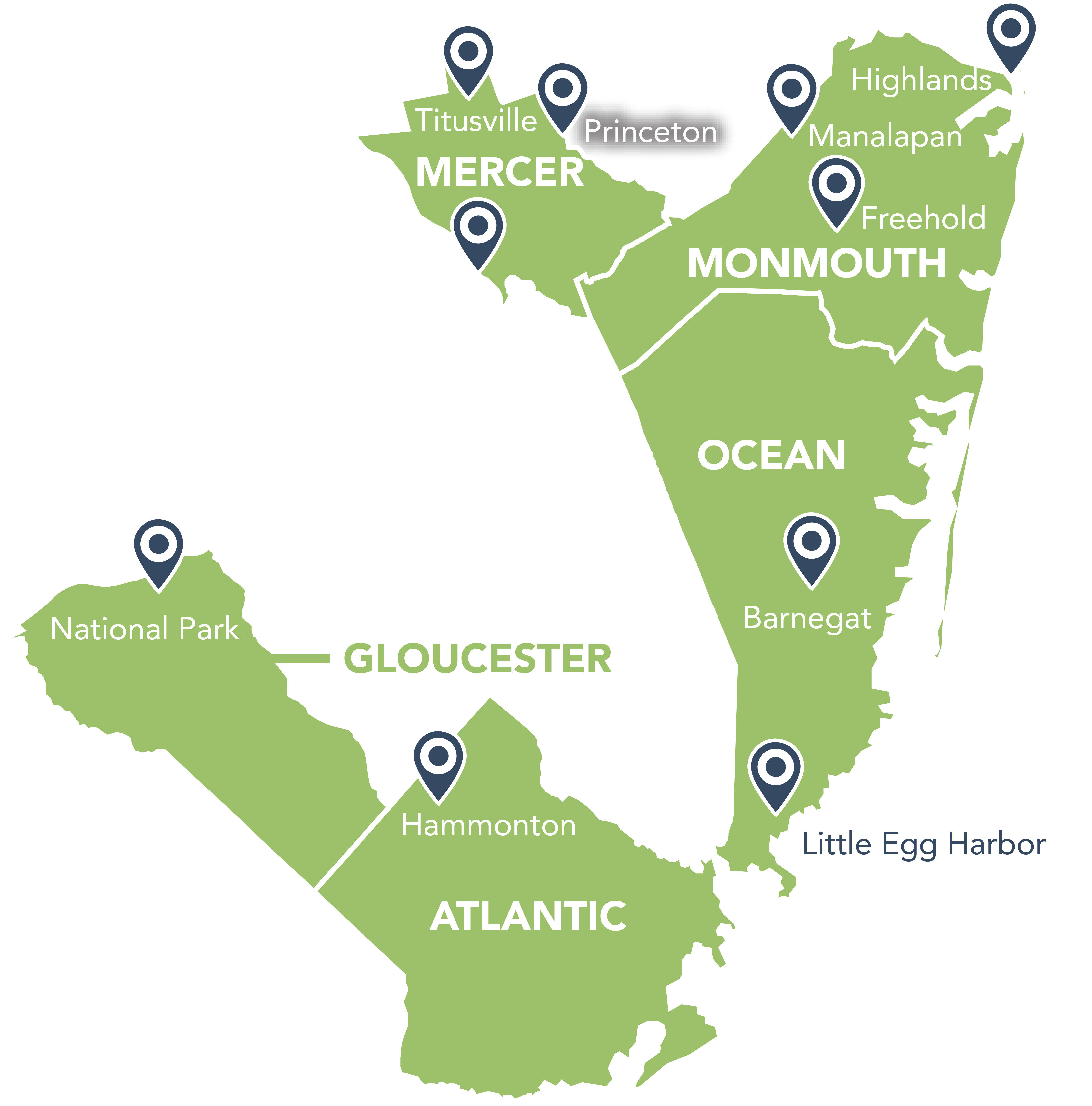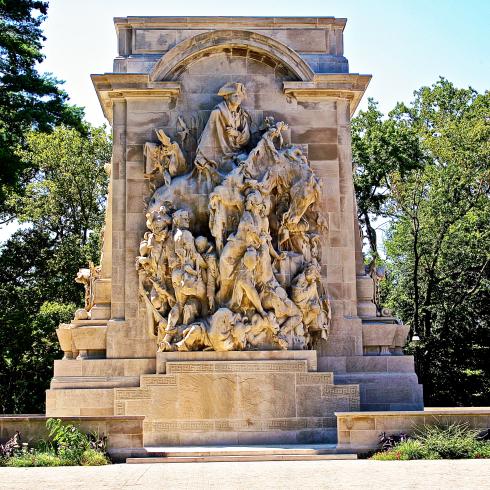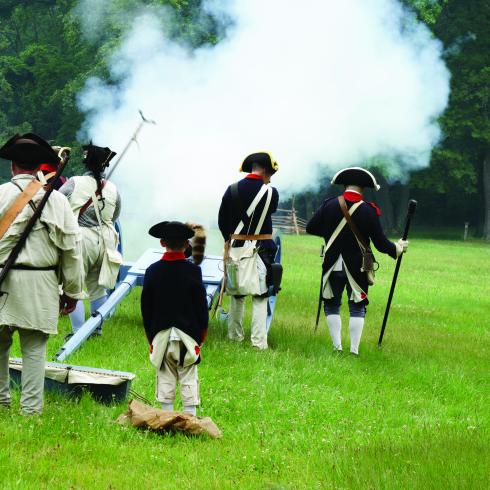Begin your trek in Freehold, where you can enjoy dining, shopping and exploration in a lively downtown. Within its borders, you'll also discover multiple sites maintained by the Monmouth County Historical Association, including a museum, research library and archives (in-person visits by appointment only), as well as five meticulously preserved homes – access exterior audio tours here. You'll want to see the Covenhoven House, where British General Henry Clinton and his officers forcibly took up residence in the 36 hours preceding the Battle of Monmouth.
Then view the pastoral landscape, much as it stood during the summer of 1778 fight, at Monmouth Battlefield State Park. Be sure to check out the interpretive plaques along 25 miles of trails, the Craig House—a restored Colonial-era farmhouse—and the park's informative visitors center.
Just four miles away is the Old Tennent Presbyterian Church, which served as a field hospital during the battle. Visitors on the lookout for soldiers' graves are welcome to wander its peaceful cemetery. Grim reminder: Some church pews still bear gouges from the war surgeon's saws.
Then set a course toward the coast to visit Fort Hancock and Sandy Hook Lighthouse. You can stroll past the stately yellow brick structures of Officers Row and gaze up at the oldest surviving lighthouse in the nation (both located off Hudson Road in Highlands.) Fun fact: Sandy Hook Light has proudly guided ships around its peninsula since 1764—but this is, in no part, thanks to our Continental Army, who hit it with a barrage of cannonball fire in an attack on the British.



